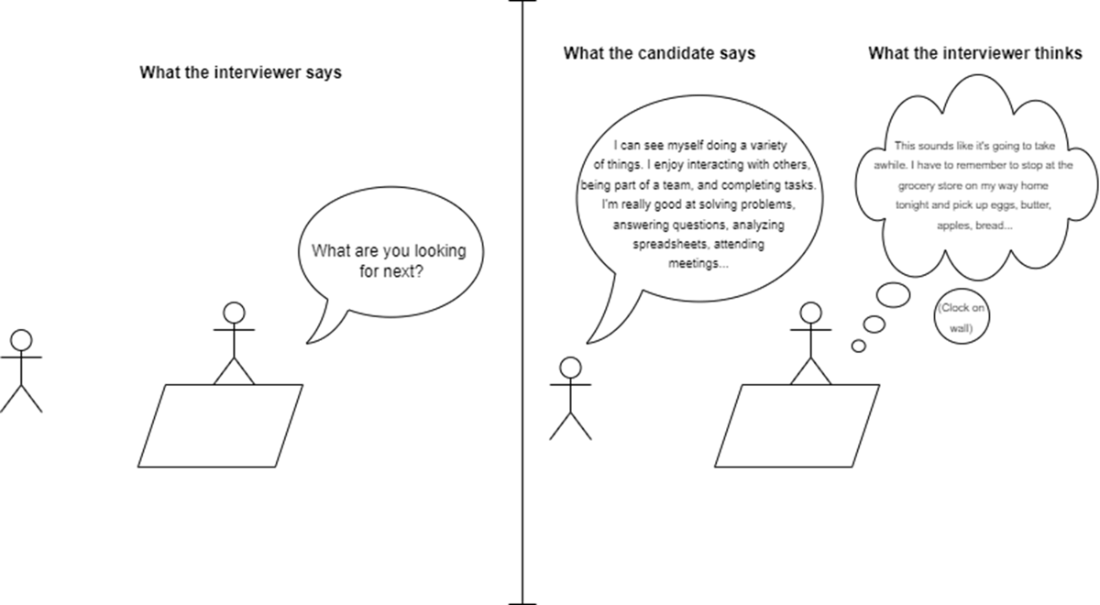1 Welcome to InterviewSpeak
This chapter opens by challenging the common belief that a “great-feeling” interview means a likely offer. The authors argue that many candidates misread smiles and engagement, miss the real intent behind questions, and walk out confident despite giving off-target answers. Their aim is to teach readers how to translate interviewspeak—the question behind the question—so they can respond with precisely what interviewers need to hear, set the right tone from the start, and turn interviews into offers.
Drawing on extensive recruiting and HR experience, the authors show how preparation beats instinct. They outline a practical approach: research the company and role in depth, decode job descriptions into competencies and likely questions, and study the interviewer to build rapport and a human connection. Candidates are urged to know their stories—concise, results-focused examples tailored to the role—and to structure them with proven frameworks (PAR, STAR, SOAR). The chapter demystifies question types—breadth vs. depth, behavioral, hypothetical, and general—and emphasizes clarifying intent, answering with specific, recent examples, and adapting to different interviewer styles.
The chapter closes with concrete tactics and traps to avoid: eliminate weakening and filler words, strike the right balance of “I” and “we,” use a “negative sandwich” for tough questions, sidestep either/or pitfalls by contextualizing, curb uptalk, and time answers tightly. It also normalizes rejection by separating uncontrollable factors from those you can control—preparation and performance. With tools like deconstructing job postings, crafting 3–5 standout selling points, and translating questions’ true aims, readers are equipped to deliver targeted, impactful answers and navigate interviews with clarity, confidence, and credibility.

Key takeaways
The key takeaways from this chapter are:
- Every interview question has a question behind the question. By translating InterviewSpeak, you can understand what the interviewer is really asking so you can give them the information they need.
- Think of the interview as a sales process: you’re the product and the employer is the consumer. You have to understand what they need so you can match your features and benefits to those needs. To do that, you’ll need to get to know the company, the interviewer, and the job. You can deconstruct the job description to help you to develop possible interview questions and think through your answers.
- A critical part of preparation is understanding yourself and why you’re a great fit for the position.
- There are different kinds of questions that require different approaches. Using answer frameworks can make it easier for you to clearly get your message across.
- Learning a variety of tips and tricks is important so your answers will have an impact. For example, one way to address negative questions is to use the “negative sandwich,” which will help you address issues and show that you are someone who learns from mistakes and difficult situations.
Now you’re ready to start learning how to translate. In the next chapters, you’ll see specific interview questions, the questions behind the questions, and how to best answer them.
 Interview Speak ebook for free
Interview Speak ebook for free